Disclosure: Meeple Mountain received a free copy of this product in exchange for an honest, unbiased review. This review is not intended to be an endorsement.
I don’t take trips to Vegas but I do consider myself a gambling man.
Elements of push-your-luck experiences in board games are always up my alley, mainly because I don’t really care if I win or lose as much as I like having fun. Hey, it’s not real life, right? Recently I reviewed Monster Munch from HABA and while I thought the game was just OK, the push-your-luck element of Memory woven into the game’s rules made my plays a little more exciting.
I’m working on a profile of Red Raven Games, so I’ve asked the publisher if I could go through some of their older titles. Megaland, a 2018 release from Ryan Laukat and Malorie Laukat, has that nice tension of risk/reward built into every round, in a family-friendly format that had all of us howling each time we wanted to push further on the game’s speed run format.
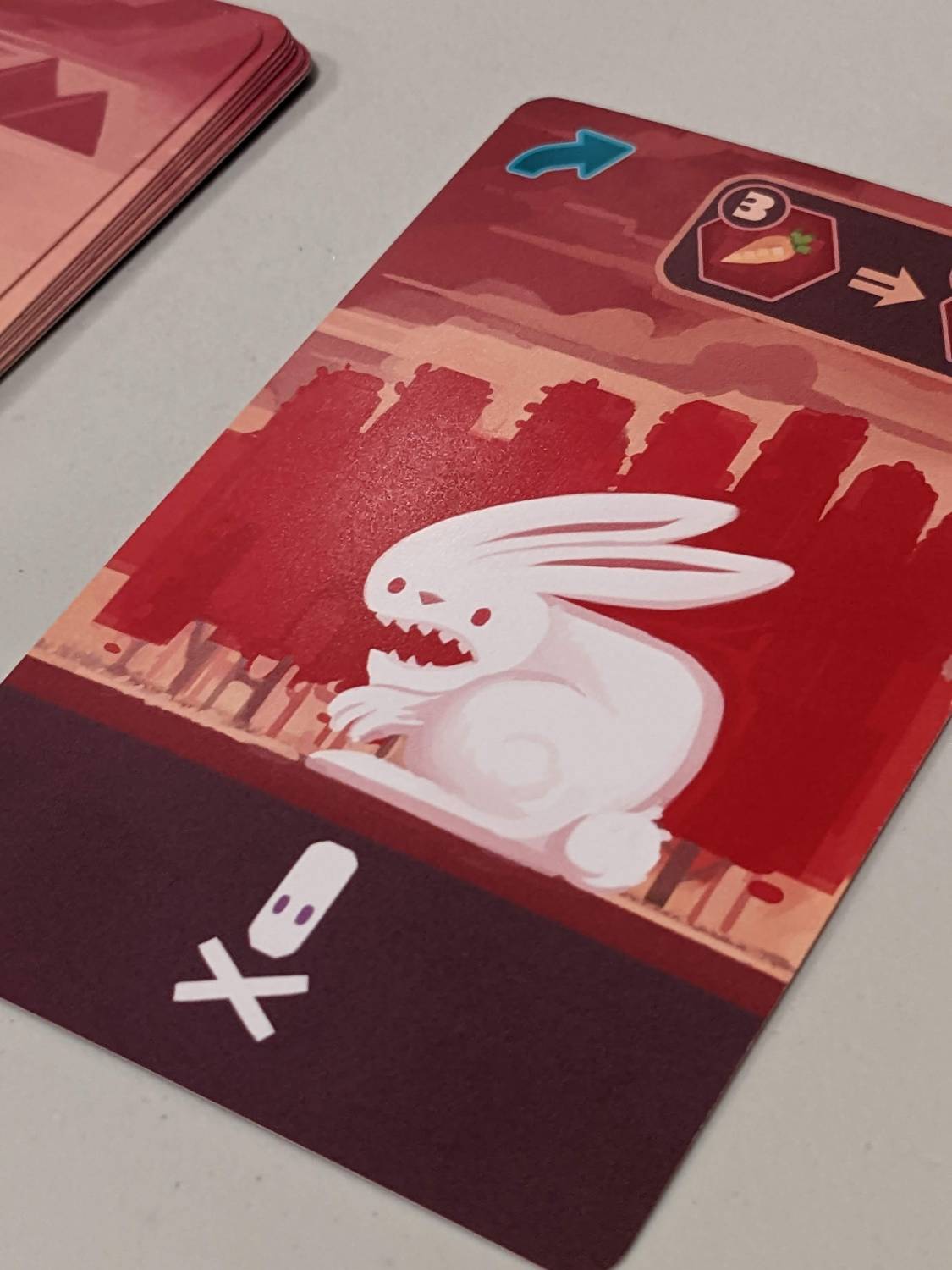
“I’m Gonna Stay in the Dungeon, Daddy”
That phrase was howled by both of my children (ages 8 and 5) as we played Megaland four times in a single day after ripping off the shrink.
That’s because in Megaland, the entire game is built around a dungeon dive (and, it’s the same dungeon, every time, thanks to the 10 cards that can appear while diving). Players stand at the entrance of a dungeon, represented by a plain beige tile with what looks like a few mountains in the distance. After receiving a treasure card just for showing up, the round begins.
The deck of 10 level cards are shuffled each round, with the first player that round revealing levels one by one. Each level card has a number of skulls at the bottom. As your handy player card shows you, the list of possible results give you the odds for a dive: there’s a 30% chance that the card has zero skulls, a 30% chance there’s one skull, 20% that there are two skulls and 10% that the Red Serpent, with three skulls, shows up. That remaining 10%? A treasure box card, which grants all players one extra treasure for that run.
Starting the game with four heart tokens which reset each round, players have to make a choice individually each turn as they face the shared dungeon: bail after a room is revealed, keep all the treasure earned up to that point, or dive further, risking the chance at losing all collected treasure in that round for more glory or death. (This is a family game, so death is actually known as taking a “fall.” I prefer something like defeated, but hey, board games.)
Naturally, as long as I had at least three health left and the Serpent hadn’t shown up yet, I was always going deeper into the dungeon. But watching the kids react each round is why my wife and I are still laughing about the experiences.
“Don’t do it, daddy!” is a popular phrase around these parts. In Megaland, so are all of the following:
“I KNOW the next card is the Serpent, I just know it!”
“Oh yeah, I’m gonna stay in the dungeon daddy.”
“I found another gear!” (This is one of the six treasures in the deck of 96 treasure cards.)
“YES! It’s the rabbit, and I have three carrots to trade in!” (There’s a pretty nasty-looking rabbit here, but after chewing on each player for one heart, you can trade three carrot treasure cards—the most common of treasures—for three cards off the top of the treasure deck.)
And on and on. The dive is the best part of Megaland, for sure.
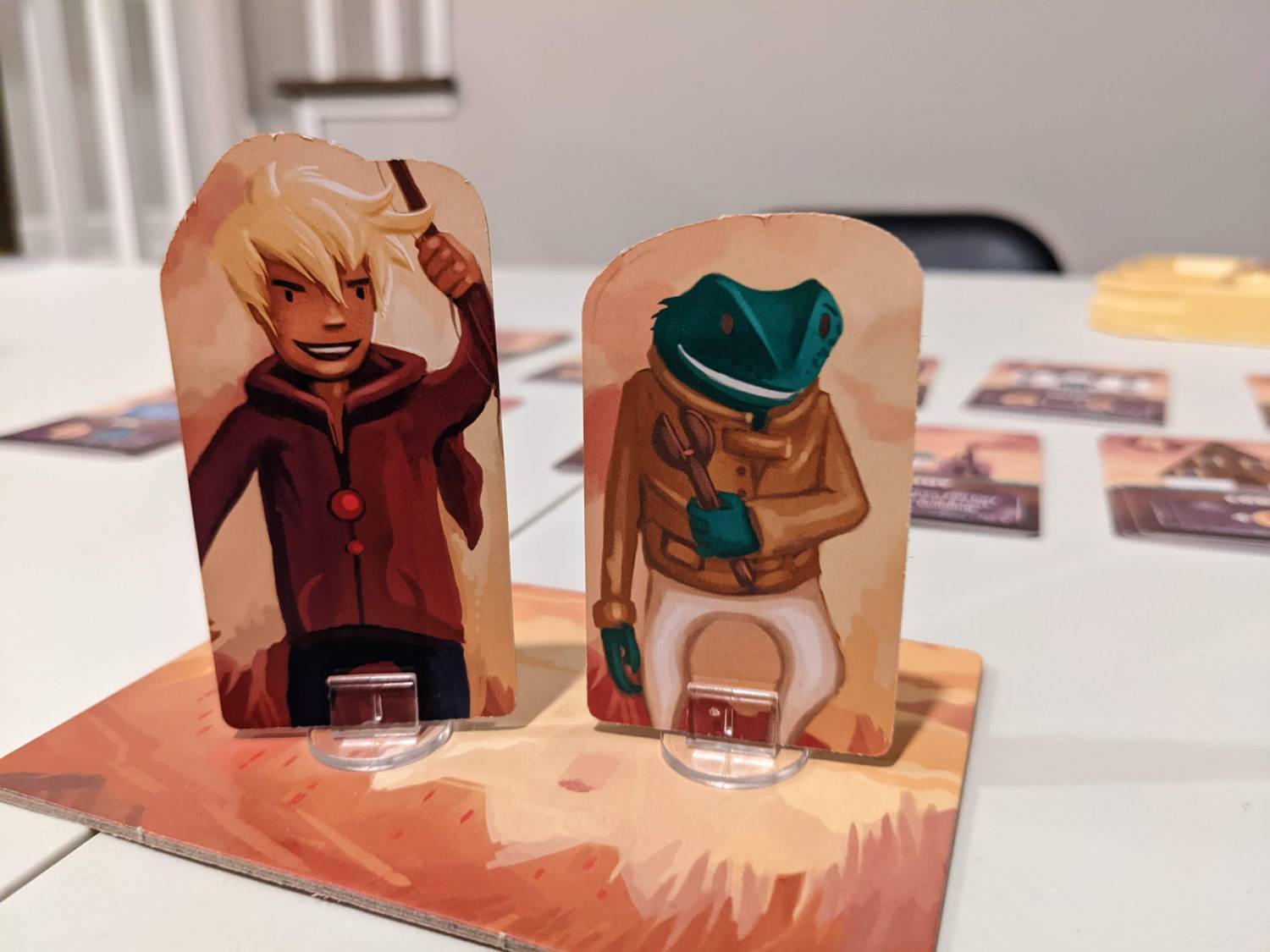
Shopping, and Why Megaland Skews Kid
After the dungeon dive, players trade in unique treasures for building cards. These cards grant coins or ongoing powers or maybe both, and can be built into a small tableau that tracks each player’s totals. This will give adult tabletop junkies a feeling of deja vu if you have played Machi Koro, Space Base, Valeria: Card Kingdoms, or similar games.
The end-game trigger is 20 coins, so gathering coins as quickly as possible is the path to victory. When someone gets to 20, all additional coins in that round are scored before determining a victor.
For the kids, this part of the game worked well: loot the dungeon, buy some stuff, do it again. Megaland is not deep enough to keep adults engaged, but as a parent looking for a 20-minute way to enjoy quality time with family, Megaland’s gameplay loop will work.
There are some clear winners in the building card sweepstakes—even in limited plays, the Herb Hut (allowing players to keep one treasure even if they fall) and the Fishing Pond (draw a free treasure card at the end of each round) have become family favorites because their abilities can stack if you have multiples in your tableau—and there is such limited variability in the dungeon/level deck.
The positive is that this lack of variability actually makes the game easy to teach and get to the table. My five-year-old didn’t blink when wanting to play again, despite losing pretty handily in his first play. He just wanted to flip level cards to see when the Red Serpent would show up!
The kids also don’t see the references to my video game youth as clearly as adults will; for adults, Boss Monster is a better version of this type of game.
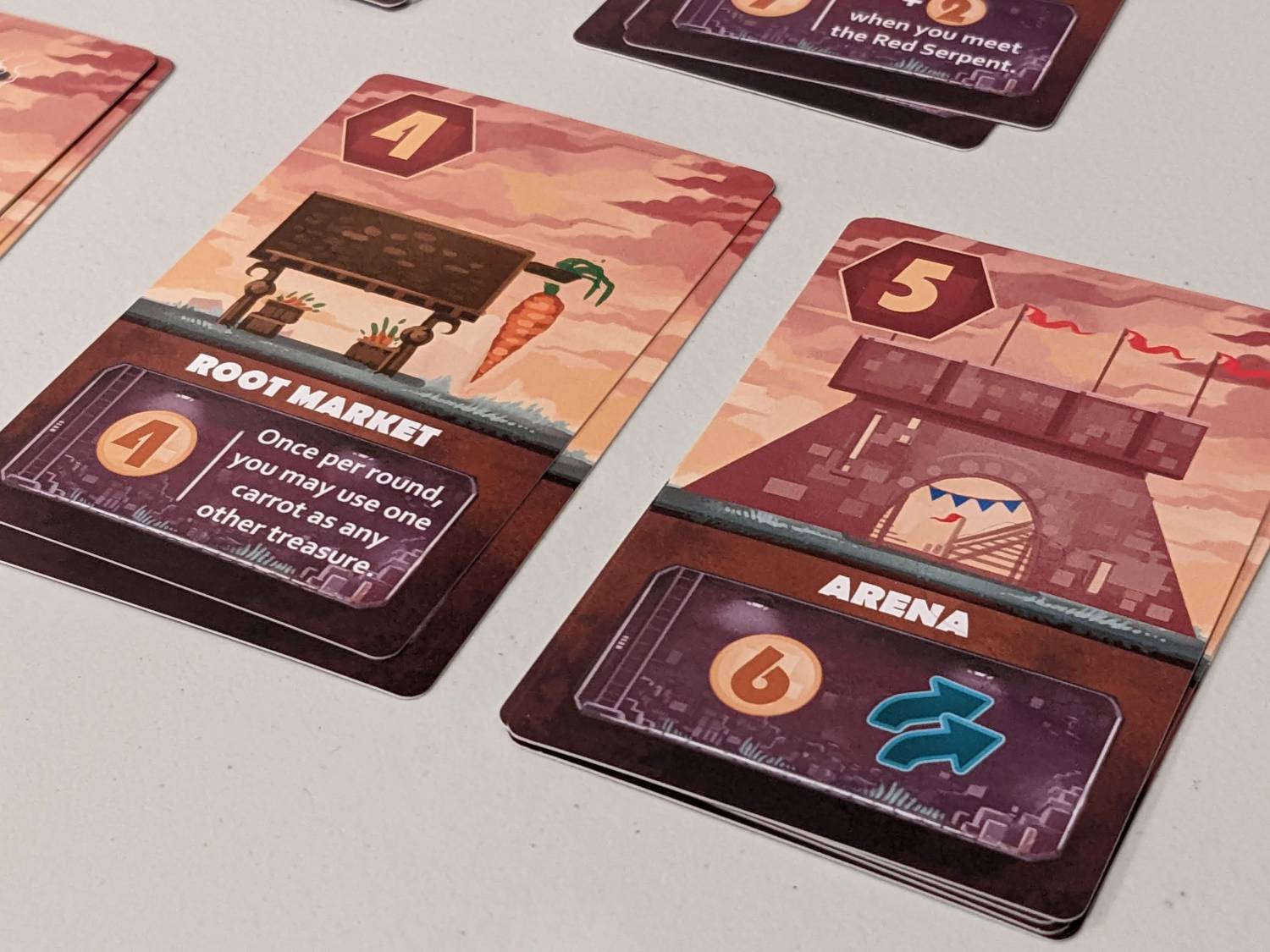
A Blast with the Family
Megaland proved to be quite sturdy with the team here at home. Like other Red Raven experiences, the production is solid (Game Trayz, for a family game? YESSSS), the rules are well written, and despite the fact that there is literally no backstory included in the manual (you only know that you are gathering treasure for “Megaland City”), Megaland feels like it takes place in a magical world thanks to the stellar artwork from Noah Adelman and Ryan Laukat.
I already know Megaland has a limited shelf life; Megaland feels like a fun movie, but one that the kids wouldn’t necessarily need to see again as they get older. But the game has created lots of memories already, and for those first few plays, there was lots of magic.
There are 17 building cards in the box that can be chosen from to put seven into the game; these will go along with the six standard buildings that are in every game. So, you’ve got some variety there, but that’s where the variety ends. There are only those 10 level cards, so your dungeon always plays out with the same choices; will everyone be hot and heavy over the Red Serpent by your eighth play?
Your mileage may vary, but I’m glad I got into the car to find out.




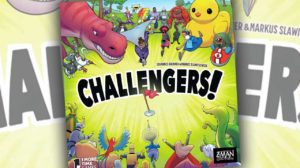


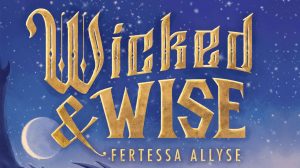




Add Comment